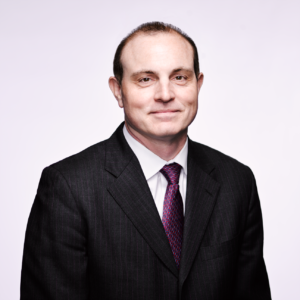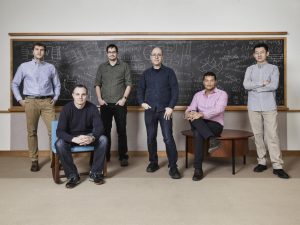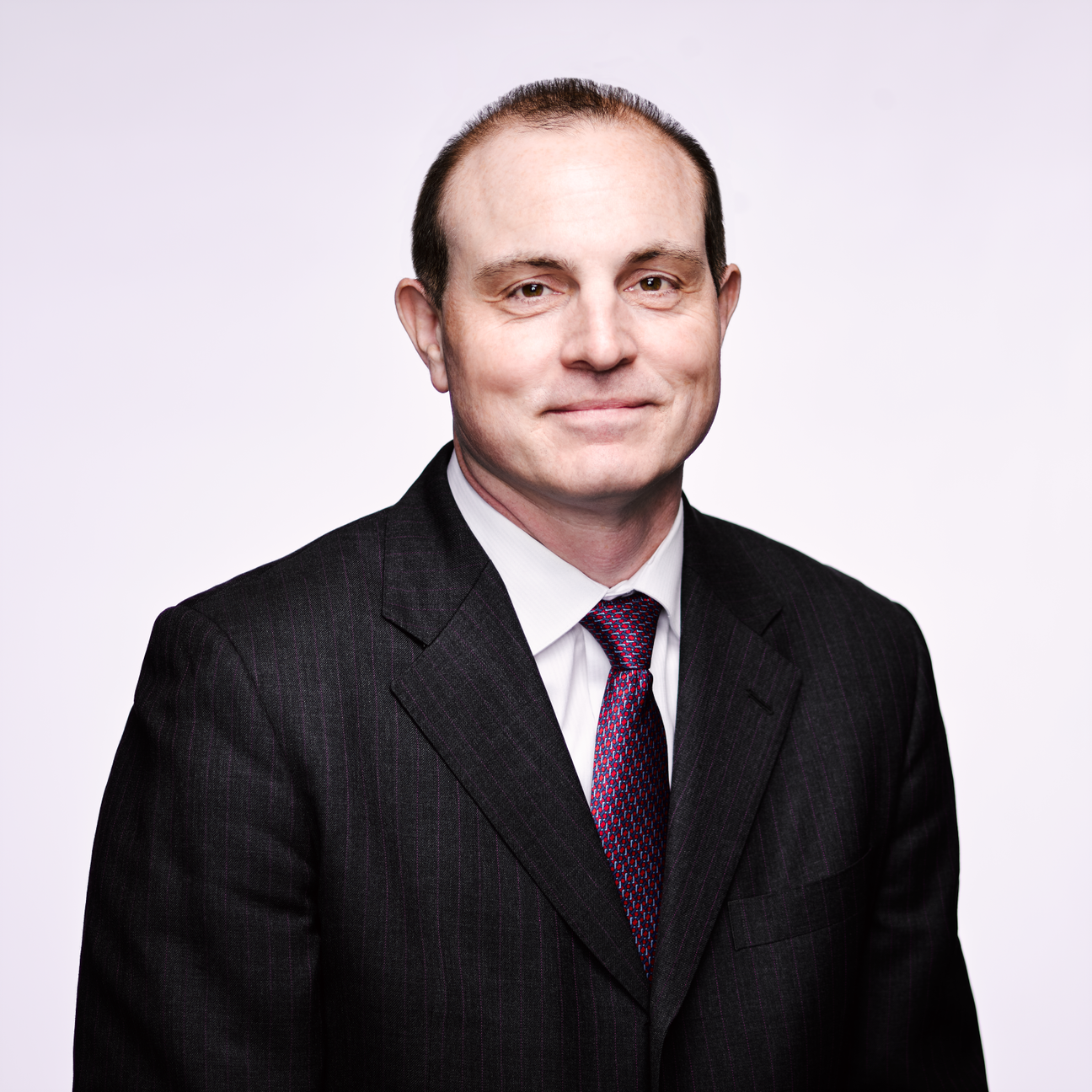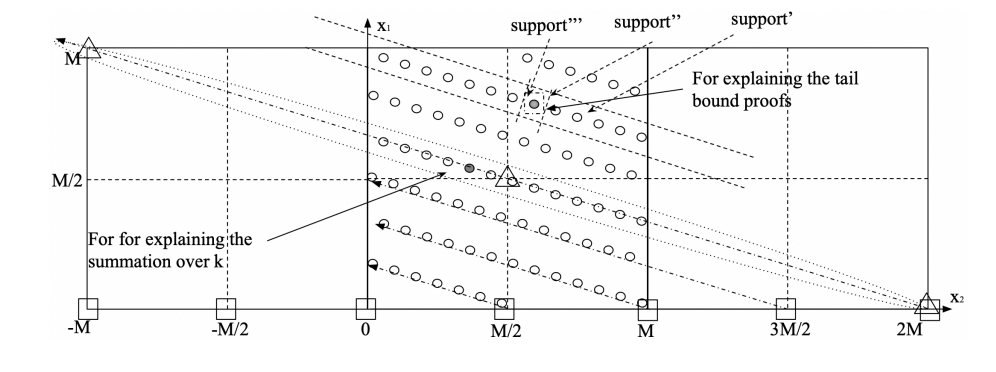
Quantum technology is something to be excited about — but hype isn’t necessary and may even be counterproductive, according to one of the pioneers of the quantum industry.
In an exclusive interview with The Quantum Daily, Christopher Savoie, CEO of Zapata Computing, said that his main takeaway from the Q2B conference held late last year was the solid progress of quantum in 2020, momentum that he hopes will carry the industry into 2021.
“The thing that stands out for me is that the progress — the upslope — is quicker than we thought would be achieved in this industry,” said Savoie. “And while we can’t predict specific achievements in the industry in the next year or two — not even the people in those companies can do that — the trajectory is the important thing to monitor.”
Front-Row Seat
Zapata, which Alán Aspuru-Guzik spun out of his Harvard lab in 2017, has become one of the leaders in developing quantum software and algorithms for business. As CEO and cofounder of this pioneering firm, Savoie has had a unique spot for watching the rise of quantum computing from a scientific curiosity to a budding industry.
“We’ve seen the progress — we’ve had a front-row seat to watch,” said Savoie. “We sit in a very good position and this is why we have partners and users. We know the teams, we co-write papers — we’ve co-written papers with IonQ, Honeywell and IBM, for example. We are using all of the hardware in a deep level of collaboration and integration with all of our hardware partners.”
However, he added that though progress is happening quicker than most anticipated, relying too much on formulas based on current progress to exactly predict – or, worse, hype — future results may backfire.
“I don’t think the roadmaps are necessarily a good approach,” he said. “It’s hard to put time frames on technology where we are co-dependent on hardware makers and their roadmaps.”
“Quantum companies are hitting these engineering milestones at a pace faster than I would have projected, even as a consummate scientific skeptic. However, roadmaps that are four years out are much less feasible. This is much different from Intel’s roadmapping exercise.”
Savoie added that although applying roadmaps models may work well to measure progress in certain high technology areas, the approach might not be accurate in the quantum space in the long term.
“Quantum companies are hitting these engineering milestones at a pace faster than I would have projected, even as a consummate scientific skeptic,” said Savoie. “However, roadmaps that are four years out are much less feasible. This is much different from Intel’s roadmapping exercise. The use of silicon is well-known. So, when Intel can go to an analyst and say, ‘here is my roadmap until 2024 on what nanometer processes we’re going to be able to bring to market.’ Of course, if they’re ahead by six months their stock goes up, but if they are off just by a little bit, the analyst sells that stock. “
In the silicon industry, there is extensive historical data to offer some level of certainty of future predictions. Savoie said that, on the other hand, quantum computers currently have too many engineering unknown unknowns that make these kinds of precise predictions impractical, according to Savoie.
“The process of going to four nanometer processors to seven nanometers is really just an engineering problem and we can see how that tracks,” said Savoie. “Now, how am I going to get from 10 qubits to 20 qubits and keep the same amount of fidelity? How am I going to scale a 100-ion trap to a 200 ion trap? There’s much more to that.”
Moving from theoretical to practical also adds a twist to engineering challenges, added Savoie.
“When you haven’t done something at all yet — as opposed to, let’s say, lowering the process of how many nanometers you have so you can put more circuits on a piece of silicon, it’s different, fundamentally,” said Savoie. “And it behooves all of us to realize that these are fundamentally different things. And those roadmaps mean different things.”
The roadmaps could have long-term negative repercussions, cautions Savoie. If quantum companies begin to miss their targets — even though they are making solid progress — analysts could turn negative about the entire industry, something that would affect more than just quantum hardware makers.
“So, that race isn’t won yet. But even within those races, people are attacking different bits of the problem. So, there is progress being made…”
Near Future Predictions
Savoie does see several trends in quantum continuing for the next year or two, based on how these technologies have emerged in 2019 and 2020. What’s harder to determine is whether one type of platform or a certain technology rises to the top of the quantum industry.
“As a best guess, I think we’ll continue to see certain things,” said Savoie. “We saw ions increase and become the dark horse, emerging and taking over, quantum volume-wise. But, we’re also seeing the emergence of some of the superconductor people, at least operationally, on what they can do. So, that race isn’t won yet. But even within those races, people are attacking different bits of the problem. So, there is progress being made — but will we get to 50 qubits or 57 qubits or 100 qubits and at what volume, that’s a more difficult question.”

Building a Quantum Company for the Long Haul
While Zapata can be classified under the loosest definition as a startup, the size, complexity and scale of quantum computing make it — and a few others operating in this space — a highly specialized startup. Savoie said funding, tenacity and a great deal of patience will be required to turn a quantum startup into a long-term, viable business.
“To service these big companies and to handle these long sales cycles, you need the capital — which is why we recently raised a Series B — because you need to be able to survive what could be a three-year sales cycle,” said Savoie.
He expects that, eventually, only a few leaders will emerge in an environment that’s becoming more and more competitive.
“From an ecosystem perspective, I think there will be more and more money chasing fewer and fewer deals as we go forward and there eventually will be two or three — maybe — that can remain players,” said Savoie.
Multidisciplinary Background
Savoie has an unusual and interdisciplinary background for a CEO of a pioneering quantum company, but it may turn out that his multidisciplinary training is an ideal fit for running a company that matches quantum solutions to problems and opportunities that span industries. Savoie’s academic career started in the medical and biochemistry fields, but then moved into computer science. His research interest, itself, is multidisciplinary, combining machine learning, biology and chemistry.
Savoie became interested in A.I.-based natural language interface technology, which led to the development of AAOSA that powered the creation of Apple’s Siri. He has also led big data analytics efforts at Nissan and has previously founded and served as CEO of several other technology companies.
Because quantum computing can be applied to problems in so many fields, a multidisciplinary background is a critical advantage.
He has another unique advantage: he is a converted quantum skeptic. Initially, he believed that the use of quantum computing to develop practical applications would be many decades away. A meeting with the company’s initial founder, Aspuru-Guzik, a world leader in quantum computing algorithms, made him a quantum believer. Aspuru-Guzik, who leads the Aspuru-Guzik Research Group, a theoretical physical chemistry group in the Department of Chemistry and Computer Science at the University of Toronto, wrote the first quantum algorithm for chemistry and the first algorithm for near-term quantum computing.
“Alán asked me to come to his lab, so I took the train up — and there I was at Harvard, less than ten hours later — sitting in his office, listening to his post-docs telling me about how quantum computers are going to happen,” said Savoie. “I thought we were 30 years away from quantum computers being able to do something useful. I was quite a skeptic at that point. But, by lunchtime, they convinced me.”
It took a little more — but not much more — time for the team to convince Savoie to serve as the new company’s CEO.
For more information on Zapata, head to their web page here.





















